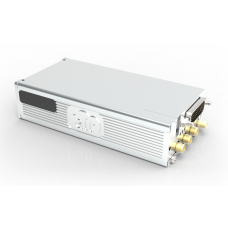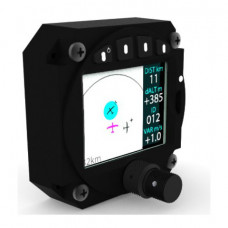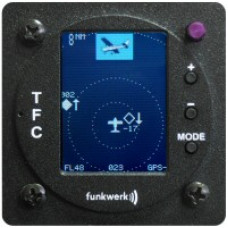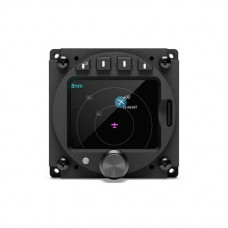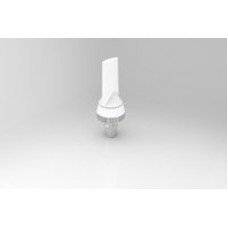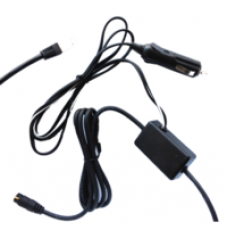Challenge
Every year, around 40 aircraft are involved in a mid-air collision. Unfortunately, half of these are fatal. Surprisingly, most of these accidents happen in good visibility and daylight.
Accident investigations have shown that the VFR-principle of “see and avoid” is not sufficient, as it is often nearly impossible to see the other aircraft. The human visual system is simply not capable of detecting objects on a collision course, since they are on a fixed vector from the aircraft. Other biological, physiological, and psychological effects (“human factors”) further decrease the chance of seeing the other aircraft in time. In addition, pilots don’t spend all the time watching for other aircraft.
Technology
FLARM works by calculating and broadcasting its own future flight path to nearby aircraft. At the same time, it receives the future flight path from surrounding aircraft. An intelligent motion prediction algorithm calculates a collision risk for each aircraft based on an integrated risk model. When a collision is imminent, the pilots are alerted with the relative position of the intruder, enabling them to avoid a collision.
Each FLARM system determines its position and altitude with a sensitive GPS receiver. Based on speed, acceleration, track, turn radius, wind, altitude, vertical speed, aircraft type, and other parameters, a precise projected flight path can be calculated. The flight path, together with additional information such as a unique identification number, is encoded before being broadcast over an encrypted radio channel twice per second.
Newer FLARM devices which are based on the improved PowerFLARM technology optionally incorporate an ADS-B and transponder (SSR) Mode-C/S receiver. This enables additional aircraft to be included in the collision prediction algorithm.
Besides issuing collision warnings, most FLARM systems also show nearby aircraft on a radar screen. This helps pilots to “see and avoid”, before a collision warning becomes necessary.
Over 60,000 manned aircraft and many UAVs are already equipped with FLARM and the number is rapidly increasing. In Europe, essentially 100 % of gliders have FLARM and would never fly without it.
FLARM is approved by EASA for fixed installation in certified aircraft. EASA supports FLARM as it significantly decreases the risk of a mid-air collision between participating aircraft. FLARM has been referenced in several EASA publications, including being approved as a Standard Change.
FLARM is also available to OEMs for integration into other avionics.






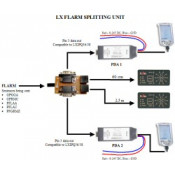
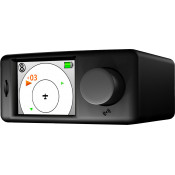


-228x228.png)
